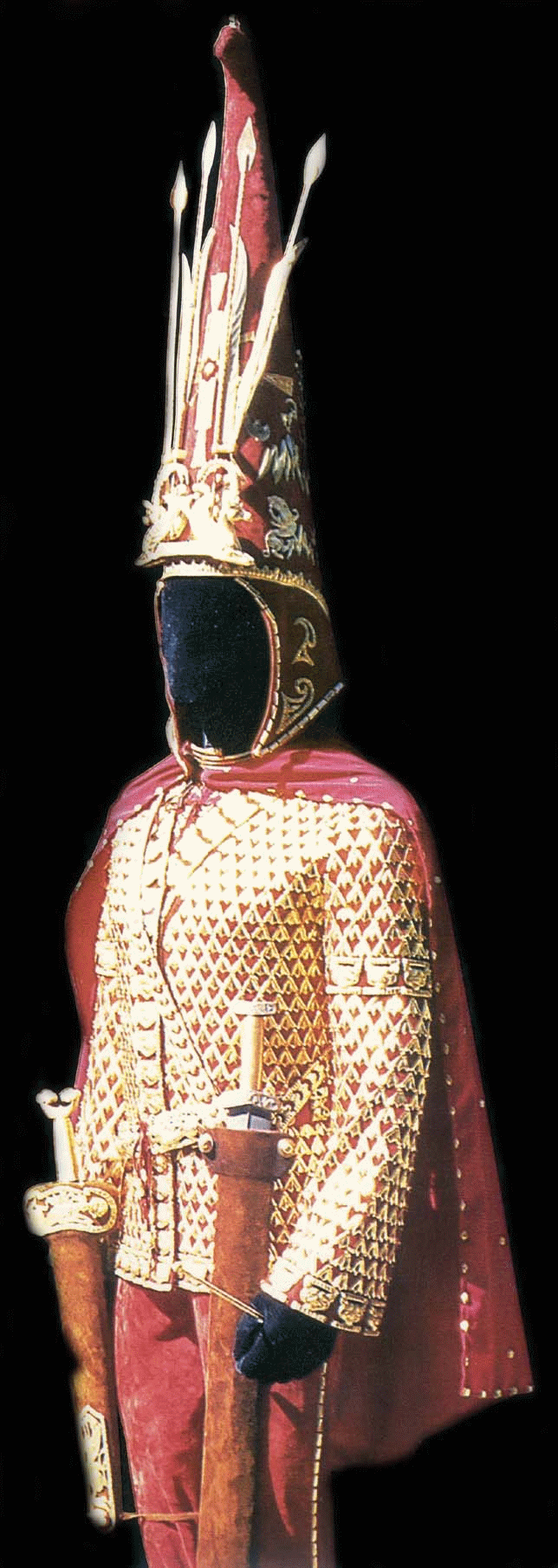
Volunteers in Kazakhstan
Kayalyk
Hundreds
of medieval towns have been found in Kazakhstan but only a few have been
extensively studied. The mane medieval towns actually under study is the old
town of Kayalyk. It is located on the piedmont of the Dzhungarian mountains
600km Northeast of Almaty (Semirechie) a few kilometers from the Lepsi river. It
was a thriving town during the Turkic Karluk period from the 9-th to the end
13-th centuries when it was suddenly abandoned. During the Karakhaned and
Karakitai hegemony in Central Asia (960 -1209), Kayalyk was the political
and economic center of the Turkik Karluk and was one of the northernmost
merchant cities of Central Asia. Merchants converging here from west, east and
north, Transoxiana, China and Xinjiang, influenced the town's architecture:
Nestorian churches, Higher lamaist temples and Muslim mosques. Van Rubroeck,
Franciscan emissary of the Vatican to the Mongol court, who stayed there
in 1253, recorded the town. Kayalyk is large (120 ha), flat square walled town (tortkul). Survey and excavation which began three years ago exposed the foundation of same building and walls. Excavations have already began on a medieval Buddhist Lamaist temple, a rich mansion with polychrome ceramics and glassware of Middle Eastern origin, and a bathhouse dated to the early Mongol period. During the excavation very mach interesting findings was founded, witch in Kazakh National Museum of Archaeology. Further excavation of these sites will continue this season, together with an extensive survey of the entire town and surrounding area (were remains of villages and irrigation works had been found).
Professor Karl Baipakov, who is director of the Institute of archaeology
of Kazakhstan and a world renowned specialist on the medieval urbanization along
Silk Route, will supervise the excavation and
|
![]()
If you
interested our offers, inform as, what do you think about this site and
what kind of supplementary information do you need.
Leave your contact
information for connections with you, then we can to answer on your questions.
Information for contact
- Telephone :
- (+7) 3272 91-86-63; 91 56-11;
- Fax :
- (+7) 3272 91-86-63;
- Post address:
- 480100
- Republic of Kazakhstan, Almaty, av. Dostyk 44
- Institute of Archaeology RK
- Email:
- Director of Institute of Aechaeology
RK:
k_baipakov@nursat.kz
Department of international contact : d_voyakin@hotmail.com
 survey. Ancient Kayalyk is situated in the eastern part of very
green and pleasant oasis. Volunteers will stay in country house at a colorize
Kazakh-Russian village (Kayalyk - Antonovka). The education program includes
excavation, lectures, survey tours, excursion. Volunteers should bring a
sleeping bag, sweater, rain clothes, boots. Further tours (in the alpine forest
of Lepsy and or all around Semirechie) can be organized at the end of the
fieldwork.
survey. Ancient Kayalyk is situated in the eastern part of very
green and pleasant oasis. Volunteers will stay in country house at a colorize
Kazakh-Russian village (Kayalyk - Antonovka). The education program includes
excavation, lectures, survey tours, excursion. Volunteers should bring a
sleeping bag, sweater, rain clothes, boots. Further tours (in the alpine forest
of Lepsy and or all around Semirechie) can be organized at the end of the
fieldwork.